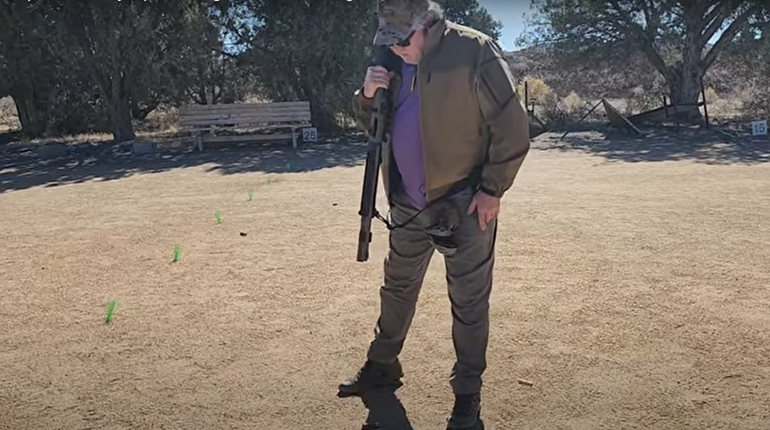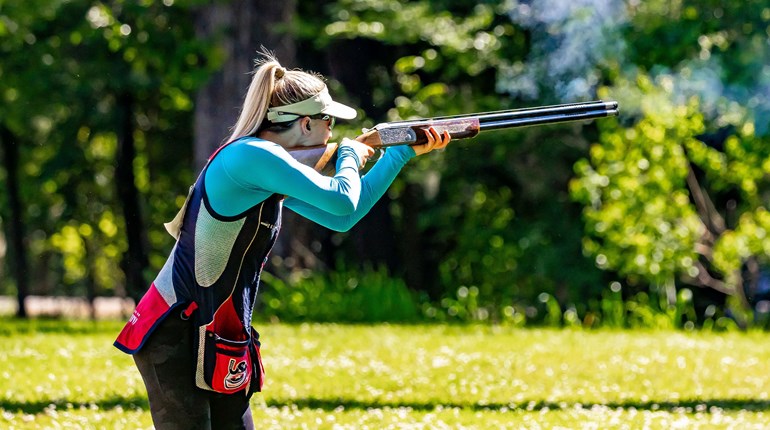
Off-highway vehicles, such as ATVs, side-by-sides and dirt bikes, can be a terrific tool to help hunters retrieve their big game from the field. However, all off-highway vehicles (OHVs) have the potential to disrupt wilderness areas, and can be dangerous if operated unsafely. Arizona's Game and Fish Department has some tips to keep your use of OHVs both safe and lawful. To begin, it's important for OHV operators to keep in mind they are not allowed in any federally protected wilderness areas, and proper care should be given to ensure they do not cause or exacerbate habitat damage. Here are 10 rules that will help you keep your OHV use safe, responsible and effective:
- Know and follow all regulations and laws. OHVs used within Arizona, for example, must be equipped with a spark arrestor and muffler. In addition, all machines must be registered and have a current OHV decal. To find the rules for your area, click here to locate your state's fish and game department.
- Always wear a helmet. Whether you’re riding in a side-by-side utility-type vehicle (UTV), ATV or dirt bike, all riders younger than 18 years old are legally required to wear a U.S. Department of Transportation-approved helmet. However, helmets are strongly recommended for all riders.
- Eye protection is legally required for all riders if the OHV is not equipped with a windshield.
- Carry firearms unloaded and cased, or in a gun rack.
- Never chase or harass wildlife. Doing so is against the law.
- Stay on roads and trails. Consider how you will retrieve your animal before you take a shot. It’s illegal to create your own trails as it can cause or exacerbate soil erosion and damage habitat relied upon by wildlife. Some national forests allow an exception for one-time motorized retrieval of a harvested big-game animal (limited to specific species); check with the forest you will be visiting before heading out.
- Check with local law enforcement, land managers and/or property owners before you head out. Area national forests are in different phases of implementing travel management rules that place restrictions on motor vehicle use within U.S. National Forest boundaries. In addition, OHVs are never allowed in federally protected wilderness areas. It’s always up to each hunter to know who owns a particular property and to determine whether there are special hunting, access and/or traveling restrictions.
- Respect other hunters. To minimize conflict with others, do not ride your OHV during prime hunting hours or in areas where others are hunting. Also remember to yield the right-of-way if you encounter other hunters on foot or with pack animals. Pull to the side of the trail, turn off your engine, remove your helmet and allow them to pass safely.
- Be prepared and equipped. Take area maps and guides, and have a compass, first aid kit, whistle, tire repair kit, tow rope or chain and other basic tools on hand. Also make sure to bring sunscreen, water, extra fuel and food.
- Watch your speed. Keep your speed down to minimize dust and noise.







































